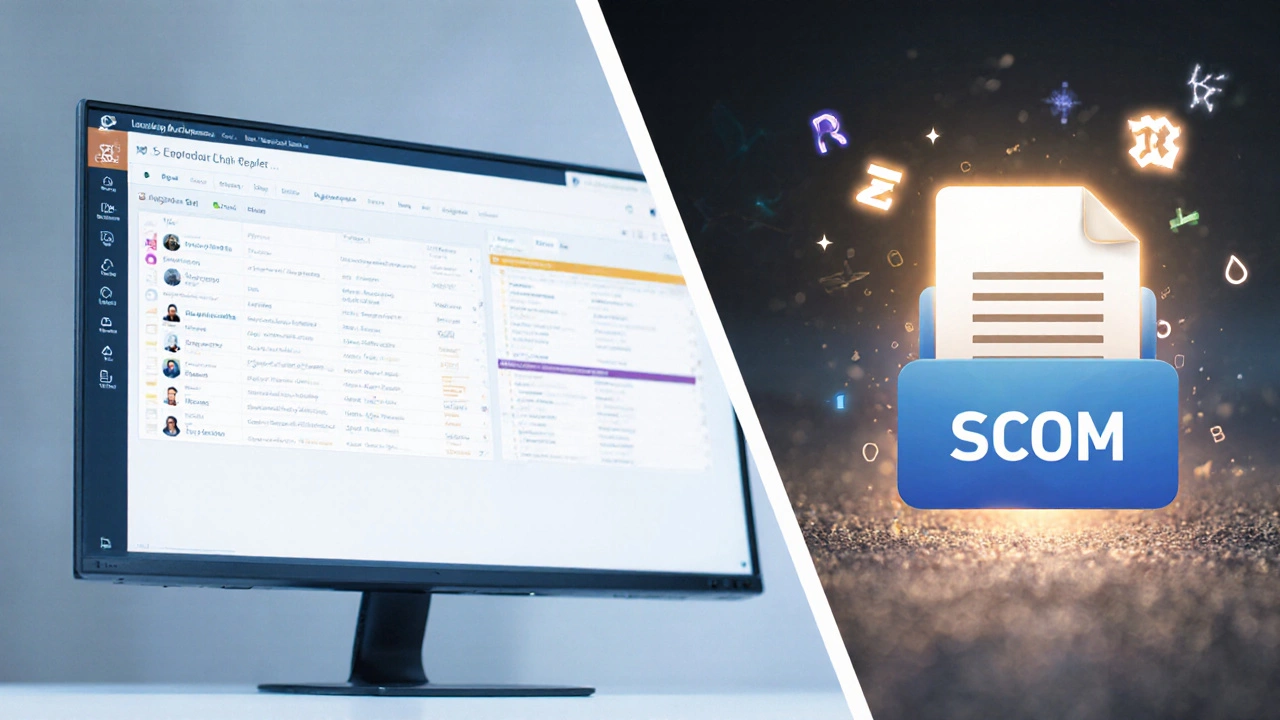
LMS vs SCORM: Key Differences Explained
Learn the clear difference between LMS platforms and SCORM standards, why both matter, and how to choose the right combo for your e‑learning needs.
When working with SCORM, a set of technical standards that let learning modules be shared, launched, and tracked across different platforms. Also known as Sharable Content Object Reference Model, it connects course creators, LMS providers, and learners by defining how content is packaged and how data is reported. Alongside SCORM, eLearning, the delivery of education through digital media relies on standards to ensure smooth playback. A modern Learning Management System, software that hosts, delivers, and monitors training uses SCORM packages to record scores, completion status, and time spent. Meanwhile, xAPI, an emerging specification that captures learning experiences outside the LMS expands on SCORM’s tracking capabilities. Finally, instructional design, the practice of creating effective learning experiences shapes the way SCORM packages are built, ensuring that each module follows a clear structure and measurable objectives. Together these entities create a ecosystem where content can be authored once and reused many times, delivering consistent data for learners and administrators alike.
SCORM enables content interoperability, meaning a course built for one LMS can run on another without rewriting code. This interoperability is a core reason why companies invest in SCORM‑compliant courses: they avoid vendor lock‑in and save on redevelopment costs. The standard defines a manifest file that lists assets, a runtime environment that handles data exchange, and a sequencing model that controls navigation. These three components form the backbone of any SCORM package and let the LMS track learner interactions through statements like "completed", "passed", or "failed". Because eLearning platforms expose this data through APIs, instructional designers can analyze performance trends and refine their materials. Moreover, the relationship between SCORM and xAPI illustrates a natural evolution—while SCORM focuses on in‑LMS activities, xAPI captures offline or mobile learning, feeding the same analytics dashboards. This synergy means organizations can start with SCORM for core courses and gradually adopt xAPI for broader learning experiences without losing data continuity.
Practical considerations matter as much as theory. When choosing a development tool, look for one that exports SCORM 1.2 or SCORM 2004, the most widely supported versions. Test the package in multiple LMS environments to verify that scores, bookmarks, and completion flags behave consistently. Keep the file size lean by compressing media assets and using streaming where possible; large packages can strain bandwidth and affect learner satisfaction. From an instructional design standpoint, use clear learning objectives, chunk content into bite‑size objects, and embed assessment points that map directly to SCORM’s data model. This alignment not only satisfies compliance requirements but also provides actionable insights for trainers. As the industry moves toward more immersive formats like VR and micro‑learning, SCORM’s modular nature gives developers a template for packaging new experiences while preserving the familiar tracking mechanisms that administrators trust. Below you’ll find a curated collection of articles that dive deeper into SCORM’s role in course creation, LMS selection, and emerging trends, giving you concrete steps to leverage the standard for better learning outcomes.

Learn the clear difference between LMS platforms and SCORM standards, why both matter, and how to choose the right combo for your e‑learning needs.